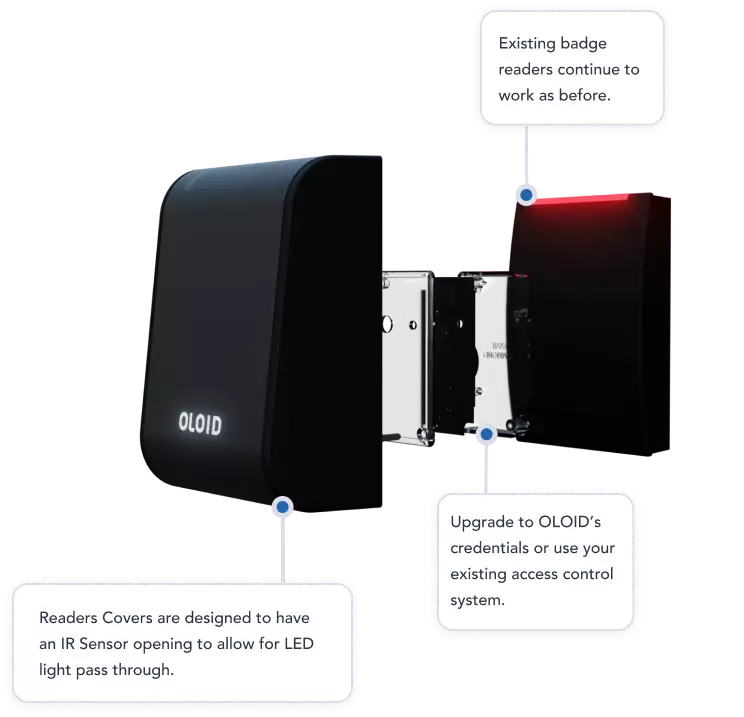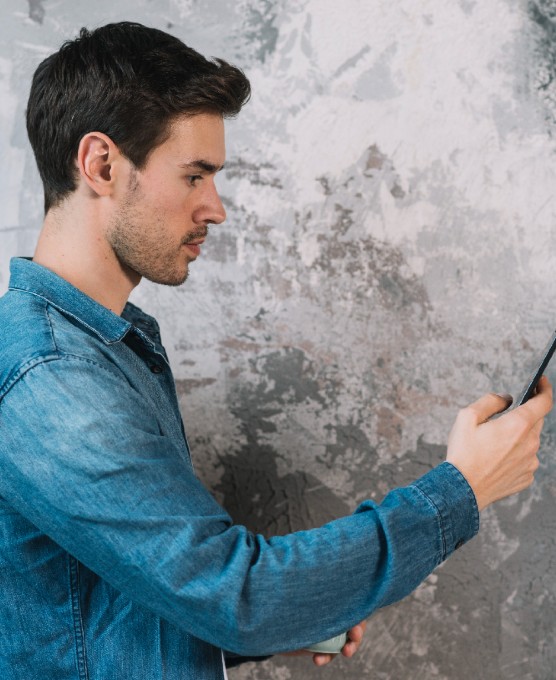As the world becomes more mobile, individuals and organizations need to incorporate mobile devices into their living and working environments. ‘smart homes’ and ‘smart workplaces’ are becoming common terms. Access control systems are an important part of most organizations and residential areas. Previously, access control systems were manually operated, but now digital systems have taken over routine tasks. Mobile access technology has made access systems more user-friendly, convenient, cost-effective, and scalable, allowing for round-the-clock operations.
What is a mobile access control solution?
The term ‘mobile access control’ is used to refer to the method of accessing a secure space, by the use of mobile devices, such as smartphones, tablets, and smartwatches to provide secure credentials. By their very nature, these systems can be employed in a wide range of applications in residential and industrial, or corporate environments.
Advantages of mobile access control
Mobile access control systems have several advantages over legacy or physical access control systems. Some of the important ones are listed below:
- The system can be self-installed and lends itself to a quick and easy setup. This cuts down significantly on the expense of hiring or employing trained manpower for the installation.
- Access control using mobile platforms primarily used BLE (Bluetooth Low Energy) technology, which makes it very easy to use.
- These systems are compatible with the PACS systems existing with most organizations. This effectively eliminates the need to replace or upgrade existing systems.
- It enables seamless access control across multiple locations. This is possible because of its centralized, cloud-based access management capabilities.
- These systems provide innovative means to improve the security of the modern workplace.
10 common misconceptions and the truth behind them
Despite several compelling reasons for the adoption of mobile access control technologies, there have been some misconceptions that have prevented large-scale acceptance and employment by individuals and organizations alike. Here are the ten common myths about this solution.
Misconception #1: They are expensive
Truth: Contrary to this perception, a mobile access control solution is more cost-effective than the traditional physical access control technology. Deployment of OLOID’s solution results in significantly lower financial outgo as compared to other access technologies. OLOID provides a retrofit access solution to modernize the workplace, thereby enabling huge cost savings. In addition, further cost savings are ensured by:
- Removing the need to replace cards, keys, and badges.
- Removing the requirement for physically handing over keys to another person.
- Easily removing access for persons who no longer require it.
- Replacing physical on-site servers with cloud-based infrastructure.
- Dove-tailing existing security infrastructure, such as intercom, CCTV, and other security features with the mobile access solution.
Misconception #2: Stolen devices give intruders full access to the organization's premises
Truth: OLOID’s solution allows administrators to enable a password or facial recognition on user devices, thereby protecting its contents from any unauthorized. This ensures the security of the premises. Moreover, once the loss of any device has been registered, administrators can promptly revoke access from the device to enforce high levels of security on the premises.
Misconception #3: Integration with existing systems is difficult and time-consuming
Truth: Implementing OLOID’s retrofit mobile access control solution is very simple and stress-free. Having the entire system up and running takes only a few easy steps.

Misconception #5: Access through mobile devices is not secure
Truth: A mobile access control solution is far more secure than other access systems. There is no risk of your access card being lost, stolen, cloned or damaged. Every user has a unique and highly-encrypted mobile credential.
Misconception #6: The apps drain battery life
Truth: It’s not true for all. Since the OLOID solution is BLE-powered, the app only gets active to unlock when you are in range of the reader, otherwise, it stays dormant. The OLOID app is also designed to consume minimal memory and processing power. Thus its impact on the battery life of the mobile device is very minimal.
Misconception #7: Only smartphones are compatible with such solutions
Truth: OLOID’s mobile access solutions are not limited to smartphones only. Any compatible mobile device such as a smartwatch or a tablet can be used for this purpose.
Misconception #8: Users won’t be able to get out in an emergency
Truth: Mobile access control is meant to increase security for people entering the building. User exits will always be available; it will not affect or limit anyone’s ability to leave the building.
Misconception #9: Access cards or access badges are faster
Truth: Personal mobile devices are very easy to locate; these would be either in the pocket, the purse, or the hand. Unlike many of the mobile access systems out there, OLOID’s technology doesn’t even require you to have the device next to the unit. It can just be in the purse, and it will still allow users entry without taking it out or going to the app.
Misconception #10: The access control apps lower a smartphone’s performance and life
Truth: One of the most common misconceptions about mobile access controls is that the app will drain the battery and lower the performance of the device. The access control apps are designed to use only a small amount of memory and run only when requested. These apps are background apps and will not affect a mobile device’s performance or drain its battery any faster.
There will always be resistance and apprehensions concerning the deployment of modern technology for security applications. However, a detailed analysis of the advantages and disadvantages of the solutions would give a better perspective and aid organizations in employing the best solution for their access control.






